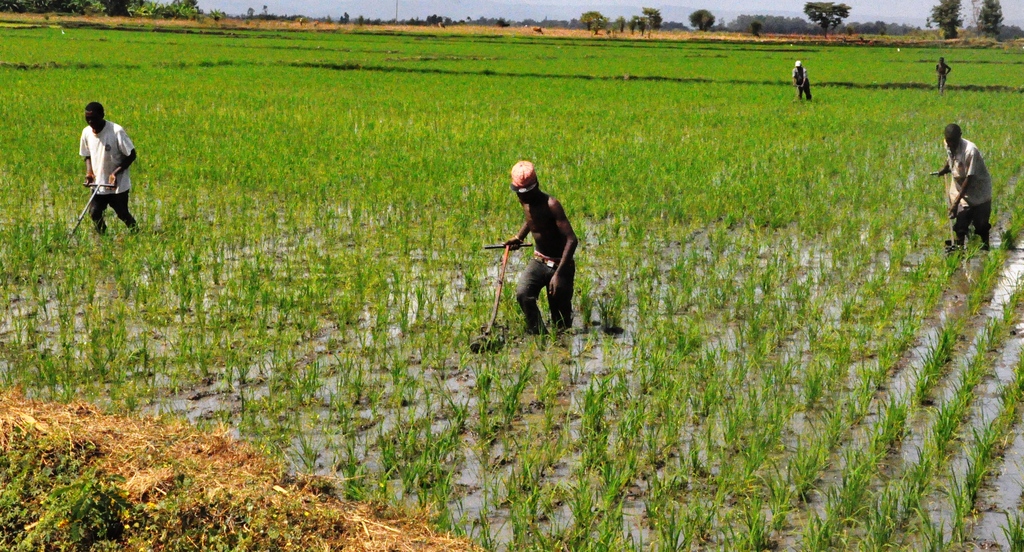
Rice farmers in Kenya can control the deadly rice blast disease that causes 60 to 100 per cent yield losses by planting resistant seed varieties, using less nitrogen fertilizer and chemical control.
Rice ranks as the third most important cereal after wheat and maize in Kenya and contributes 20 per cent of the total calories intake by human beings.
A research done by International Livestock Research Institute (ILRI), the Kenya Agricultural and Livestock Research Organisation and other partners in Mwea rice growing region over the last four years revealed that 76 per cent of farmers in the area had been affected by the disease attributed to excessive use of nitrogen fertilizer, lack of proper drainage and water shortage.
Related News:
Rice farmers increase sowing speed with new technology
Drought resistant rice key to food security
Researchers launch high yielding rice variety to tame import gap
The disease has affected rice production in Kenya estimated to be less than 200,000 tonnes per year against a demand of 450,000 tonnes.
Last year, rice production in Mwea dropped by from 830,000 bags in 2016 to 498,000 bags thus pushing rice prices up by 38 per cent. It also saw the value of rice imports increase from Sh15.89bn to Sh6.6bn
Mwea accounts for 80 per cent of the total rice produced in the country.
Most farmers in the region plant basmatic rice variety believed to be susceptible to the rice blast disease.
The disease attacks the crop at any stage of growth and is characterized by dying of affected plant parts, neck rot and blast or lesions on shoots and roots.
To curb this, destroy all infected crops and manage water by continuous flooding by maintaining three to five centimeters water depth from early tillering to grain filling stage.
KALRO recommends varieties such as IR2793-80-1, ITA 310 and sindano which are tolerant to the disease and have potential yields of 35 to 40 bags per acre compared to basmati which has potential yields of 23 to 28 bags.
To avoid excessive nitrogen fertilizer it is recommended 80kg/ha in two splits at the planting stage and after the booting stage. Rice husks can be used to as a source of silicon.